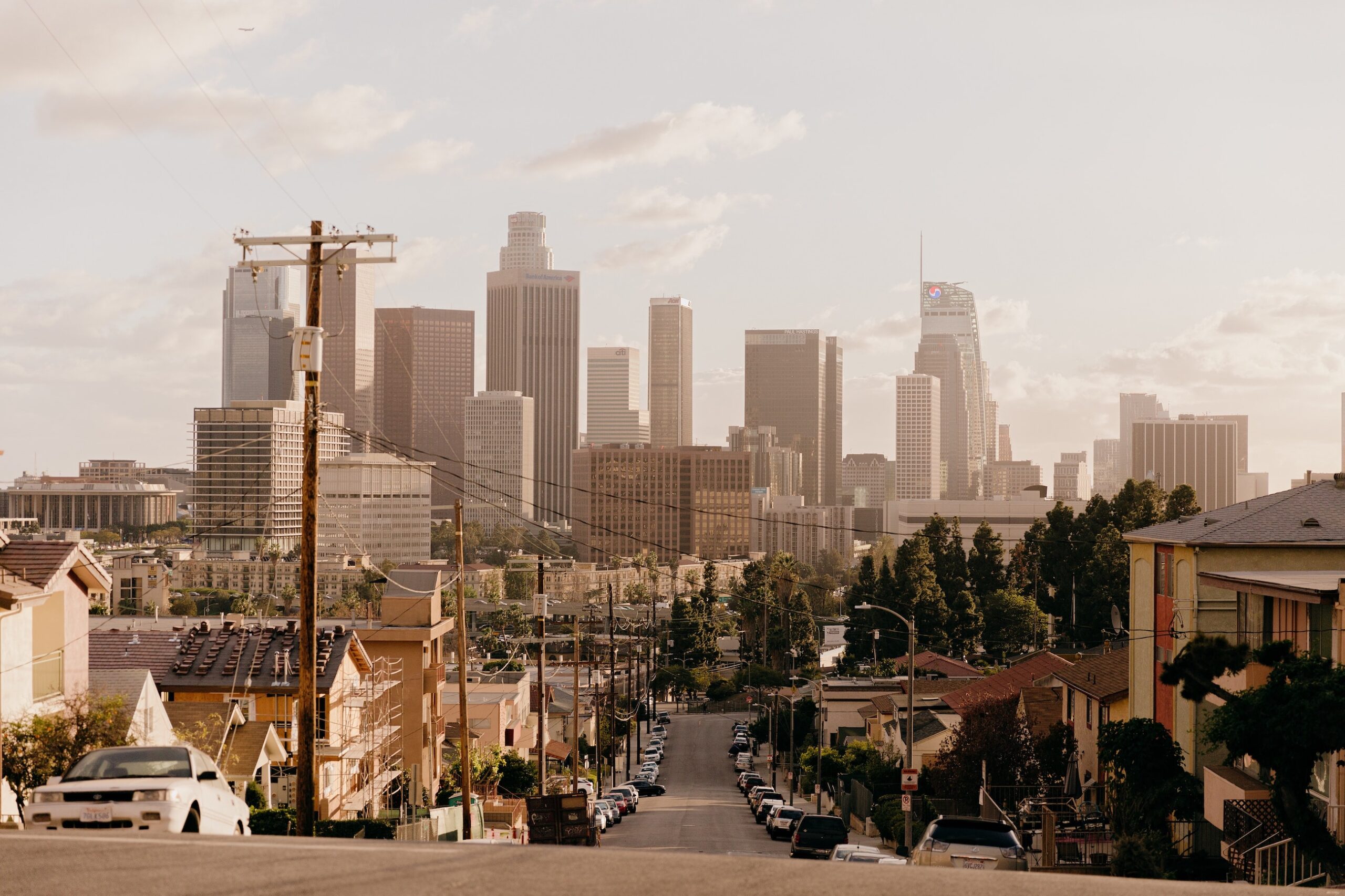
Resolved
Senate Bill 743
Important changes were made in 2013 to legislation concerning the California Environmental Quality Act, one of the strongest legal tools for preservation in the state.
Resolved
Issues that may have resulted in imperfect outcomes, but still display significant progress
Overview
On September 27, 2013, CEQA reform measures as part of Senate Bill 731 were incorporated and signed into law within Senate Bill 743. This legislation includes language we advocated for, stating “[f]or the purposes of this subdivision, aesthetic impacts do not include impacts on historical or cultural resources.”
On July 1, 2013, the bill was heard by the Assembly Natural Resources Committee. Chairman Wesley Chesbro proposed an amendment, accepted by Senator Darryl Steinberg, that gave a specific exemption to historic and cultural resources. This means that there will be no change to aesthetic review on sites that may impact a historic resource. Stay tuned as the legislation proceeds through the process.
The Los Angeles Conservancy, along with the California Preservation Foundation, was opposed to Senate Bill 731 (Steinberg), which proposes a streamlining measure and exemption of the California Environmental Quality Act (CEQA). Before amended language, SB 731 could change how historic resources are treated if they are located within a half-mile of a “transit priority area.” This potentially would have allowed any project to be approved with no aesthetic review.
We requested amendments to the proposed legislation to clarify that this exemption does not apply to projects that may adversely affect historic resources. This allows impacts on historic resources to be avoided or mitigated, as necessary to protect them from damage.
Without this type of revision, we strongly believed this legislation would have had a potentially detrimental impact on historic and cultural resources, including buildings, sites, structures, and landscapes.
About This Issue
Although the purpose of SB 731/743 is to streamline the CEQA process for certain development projects, the bill (prior to proposed amendments) would have also changed how certain historic and cultural resources were treated as part of CEQA. It precluded the aesthetic impacts of a residential, mixed-use residential, or employment center project within a “transit priority area” from being considered as a significant impact on the environment. For geographically defined transit priority areas, aesthetic impacts would not have been analyzed nor would mitigation be required.
The reason for our concern is that the aesthetics section of the CEQA document is often used to analyze neighborhood character of historic areas, including those issues of style, size, materials and landscaping that make neighborhoods unique and complement historic resources. Without any consideration for aesthetics, this left many historic neighborhoods and downtowns vulnerable and at risk.
With the proposed amendments, SB 731/743 now delineates projects that impact historic and cultural resources.
Our Position
The Los Angeles Conservancy requested that SB 731 be amended to clarify that this exemption does not apply to projects that may adversely affect historic resources, consistent with the limits on categorical exemptions currently under CEQA. This allows impacts on historic resources to be avoided or mitigated, as necessary, to protect them from possible damage.
Alternatively, exempted projects should be limited to those that are consistent with an adopted Sustainable Community Strategy and are located in communities with a local design review and/or preservation ordinance. We urged members of the Assembly’s Committee on Natural Resources to consider these amendments to address our concerns.


